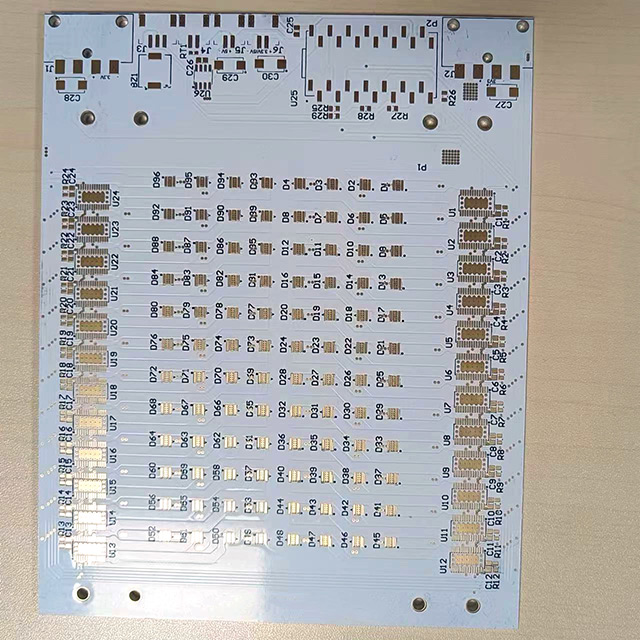Not at all Chris, appreciate the view, after reading geordies reply after yours I see a very good point there.
"Hello MJD",
Thanks for not taking offence to what I wrote - it was not meant to just contradict You - I felt that I had to put a Heating Engineers point of view.
This message is NOT to irritate You further - I hope that You don`t mind Me explaining in a bit more detail for the benefit of other Members / Readers:
What You stated about having seen countless Heating Systems that did NOT have a Room Thermostat is doubtless correct - BUT that was never the correct way to Install / Control a Heating System.
Your example of the `Old Cottage` where the Room Thermostat turned Off the Boiler before the Cottage could Heat Up indicates that the Room Thermostat`s location OR possibly an incorrectly sized Radiator in the area where the Room Thermostat was located - or a bit of both - was the reason for that very frequent `Fault` relating to a System not operating at the correct `Heat Up` process.
This is an indication that this Heating System was NOT designed and installed by a Heating Engineer - OR that these systems were installed in the `Dark Ages` of Domestic Central Heating - the 1970`s !
Systems that were installed in Homes in the 1970`s - when `normal` Homes first started to have Central Heating - were almost invariably installed by Companies and `Plumbers` who really had NO Idea about Energy Efficiency and the correct control of those Heating Systems - also Gas was relatively Cheap / Affordable in those Days.
Those were the Days before Zone Valves were readily available and there were `Mechanical Control Valves` for Hot Water Cylinder Heating / Primary Flow Control - E.G: `Cytrol Valves` and other Manufacturers Mechanical Valves - however Room Thermostats were available.
This also applied to MANY Heating Installations throughout the subsequent Decades - Companies were installing Heating Systems with ONLY Thermostatic Radiator Valves and Programmers / Timeswitches right up to the Legislation for Energy Efficiency / Part L of the Building Regulations - `Conservation of Heat and Power` - that still did NOT mean that this was correct.
These next details are dealing with the Heating ONLY - for purposes of clarity I don`t want to have to keep including things like `If the Hot Water Cylinder heat requirement is satisfied` etc. in My explanations.
When a Heating System has Thermostatic Radiator Valves and NO Room Thermostat the Boiler is `ON` all of the time that the Programmer / Timeswitch [depending on the system] Setting is `ON` - Irrespective of whether ALL of the Thermostatic Radiator Valves are CLOSED or not the Boiler will keep `Cycling` ON and OFF to keep satisfying the setting on the Boiler Thermostat - this uses Gas unnecessarily - hardly an Energy Efficient System.
So imagine that ALL of the Rooms heat requirements / TRV`s are satisfied at any particular time [however unlikely] - the Boiler will keep firing ON and OFF to keep the water in the Heating System Pipework and Boiler Heat Exchanger at the Temperature as set on the Boiler Thermostat - what a waste of Gas and Money for the Householder.
If there is a Room Thermostat AND Thermostatic Radiator Valves on all Radiators EXCEPT in the location where the Room Thermostat is located [this Radiator should ideally have two lockshield radiator valves] - when the Room`s heat requirement as set on the TRV`s are satisfied the TRV`s will close down stopping the Flow to the Radiators thus saving heat production for each Room where the TRV has closed down.
When the area where the Room Thermostat reaches the temperature as set on the Room Thermostat the stat will shut down the Boiler - stopping the `Cycling` / firing to keep the Boiler Thermostat satisfied by unnecessarily heating the water in the system Pipework and Boiler Heat Exchanger.
In My own Home - depending upon how Cold the outside Temperature is - this period when the Boiler is NOT firing / `cycling` could be anything from 30 Minutes to an Hour - if I did not have a Room Thermostat the Boiler would have fired up probably between 5 and 10 times during that period of time / Hour.
It is of course VERY important that ALL the Radiators are Calculated correctly - especially the Radiator where the Room Thermostat is located - that Radiator MUST be correct in order that the Heating System can supply the correct `Heat Up Time`for the whole Home / premises - as otherwise the Heating System would not operate correctly / efficiently.
I hope that this may be helpful to other Members / Readers.
Regards,
Chris - Heating Engineer











